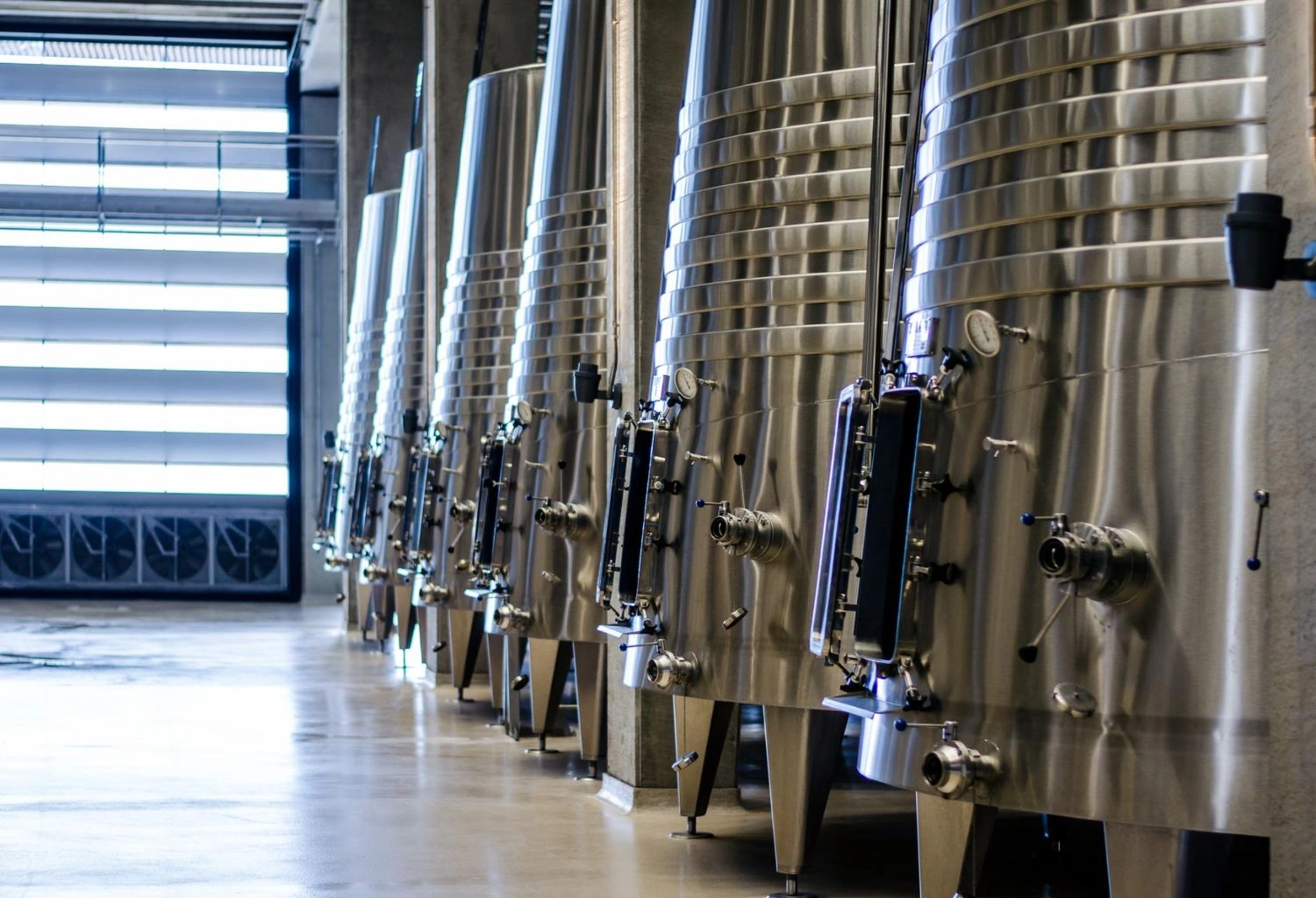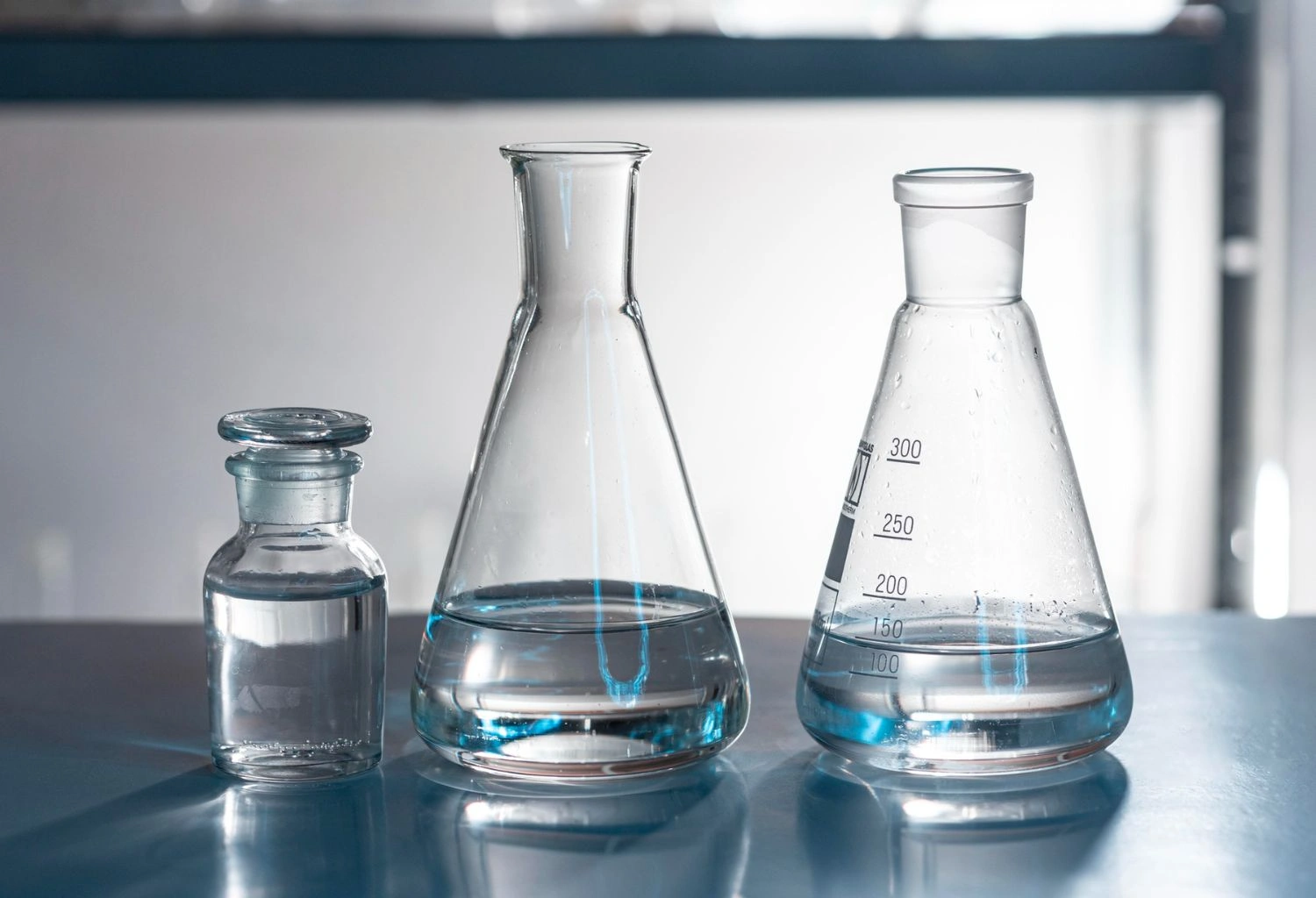A potable water system in mines ensures safe hydration, higher productivity, and long-term cost savings. With WCSP’s advanced purification and automation solutions, mining companies can reduce logistics costs, comply with safety laws, and support sustainability goals — all while getting a strong return on investment. A smart move toward safe, efficient mining.
Filling Machines
Why Is a Potable Water System Essential in Mines?
Mining activity requires huge resources — in machinery, manpower, and energy, of course — but also in water, a very essential commodity underground. With increasing environmental regulations and the need for resource optimization, installing a potable water system in mines is no longer a luxury. It’s a strategic decision with tremendous health, operational, and financial benefits.
Let’s learn about designing potable water systems for mining conditions, how they generate a cool ROI (Return on Investment), and why WCSP is one of the top companies providing them in Pakistan.
Why Do Mines Need a Potable Water System?
1. Workforce Health & Safety
Mines are tough, dusty, and humid places to work. Clean drinking water access minimizes heat exhaustion, dehydration, and long-term medical conditions.
2. Adherence to Safety Regulations
Pakistan’s labor regulations and international safety standards (e.g., ILO and WHO guidelines) require potable water infrastructure access for mine workers in isolated or hazard-prone areas.
3. Efficient Operations
Hydration enhances physiological performance, alleviates fatigue, and improves productivity. A potable water system assists in the reduction of unexpected sick leaves and health-related accidents.
How Does a Potable Water System for Mines Function?
A mine potable water system consists of several technologies for purifying and delivering water suited to remote and subterranean environments:
- Water Source: Reused greywater, treated river water, or boreholes
- Pre-Filtration: Suspended solids removed by sand filters or cartridge filters
- RO (Reverse Osmosis): Eliminates chemical contaminants, heavy metals, and salts
- UV Sterilization: Eliminates bacteria and viruses from water
- Smart Distribution Units: Underground seal dispensers, hydration stations, and tap points
- Automated Monitoring: Flow, quality, and refill notifications through SCADA or IoT sensors
The system is usually modular and powered on solar or hybrid energy for remote locations.
How a Potable Water System Provides a Cool ROI
✅ Lowered Bottled Water Expense
Eliminates the necessity to transport bottled water to distant locations — up to 70% savings on procurement and logistics.
✅ Lower Health Claims and Absenteeism
Hydrated workers are 30% less likely to experience fatigue-related injuries.
✅ Sustainability Credits
Compliance with WHO guidelines improves ESG (Environmental, Social, Governance) scores, unlocking funding and compliance incentives.
✅ Scalability
Modular systems scale up with site expansion, without expensive redesigns down the line.
Why WCSP Is a Leader in Mining Water Solutions?
Water Care Services Pakistan (WCSP) provides turnkey drinking water systems customized for mining conditions:
- ISO-certified RO and AOP systems
- Designed for underground, remote, and high-dust conditions
- Bioremediation for reuse-integrated solutions
- SCADA-controlled performance monitoring
- Nationwide support and service agreements
WCSP has more than a decade of water innovation, offering affordable, rugged, and low-maintenance drinking water systems designed for the most demanding mining conditions.
What Treatment Technologies Are Best for Mines?
1. Reverse Osmosis (RO):
Removes more than 99% of total dissolved solids (TDS), heavy metals, and salt — ideal for areas with brackish or hard water.
2. UV and Ozone Disinfection:
Removes biological impurities without using chemicals, thus providing safe drinking water.
3. Activated Carbon Filtration:
Enhances taste and odor, which is crucial for long-term acceptance of drinking water.
4. Electrocoagulation (Optional):
In cases where the source water is turbid or contains heavy metals, EC pretreatment minimizes membrane fouling.
All systems can be combined with SCADA for automated reporting and monitoring — critical for industrial regulation and asset management.
Water Testing Kits
Case Use: WCSP Project in Balochistan
Challenge:
A Balochistan remote mining camp encountered daily delays and health complaints on account of a shortage of drinking water.
Solution:
WCSP installed a solar-powered potable water system based on borewell input, RO filtration, UV disinfection, and 24/7 automated tank-level alerts.
Impact:
- Conserved more than PKR 300,000/month on bottled water expenses
- Decreased plastic waste by 85%
- Enhanced worker productivity and absenteeism by 18%
Conclusion
In modern mining, a potable water system is as essential as the extraction equipment itself. It ensures safety, supports sustainability, and yields significant cost and operational advantages. Partnering with WCSP guarantees a robust, scalable, and high-ROI solution tailored for your mine’s specific conditions. It’s time to move from bottled delivery to self-reliant hydration — and protect both your people and your profits.
Frequently Asked Questions (FAQs)
1. Why is a potable water system important for mines?
A potable water system ensures worker safety, health, and regulatory compliance while improving productivity and reducing costs tied to bottled water and preventable health-related absenteeism.
2. What components are included in a mine’s potable water system?
It typically includes sand filters, reverse osmosis (RO), UV sterilization, SCADA-based monitoring, smart dispensers, and solar power to ensure clean, reliable drinking water in remote environments.
3. Can potable water systems reduce bottled water costs?
Yes. Onsite water purification eliminates the recurring cost of transporting bottled water, often reducing procurement and logistics expenses by up to 70% monthly.
4. Is the system suitable for underground or remote mines?
Absolutely. WCSP systems are modular, solar-compatible, dust-resistant, and built for rugged, underground or remote locations with minimal maintenance needs.
5. How does clean water improve worker performance?
Hydration improves mental alertness and physical endurance, reducing fatigue-related incidents and increasing worker productivity by supporting overall health and energy levels.
6. What are the best technologies for mining potable water?
Reverse osmosis, UV disinfection, activated carbon filtration, and optional electrocoagulation ensure removal of solids, pathogens, and unpleasant tastes from even the harshest water sources.
7. How does WCSP monitor water quality and system status?
WCSP integrates SCADA and IoT-based sensors for real-time tracking of water quality, flow rates, and tank levels to ensure reliability and regulatory compliance.
8. What return on investment (ROI) can mines expect?
Mines can achieve a full ROI in under a year through reduced bottled water costs, fewer sick days, higher ESG scores, and long-term operational savings.
9. How is the system maintained in harsh mining conditions?
WCSP systems are built to endure dust, humidity, and temperature extremes. Remote monitoring, trained staff, and service agreements ensure reliable, long-term operation.
10. Is it possible to scale the system as the mine expands?
Yes. WCSP designs modular systems that scale effortlessly with site growth—without the need for major infrastructure overhauls, keeping future expansion simple and cost-effective.


